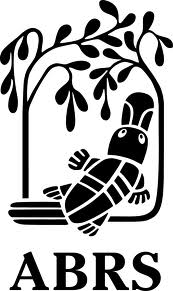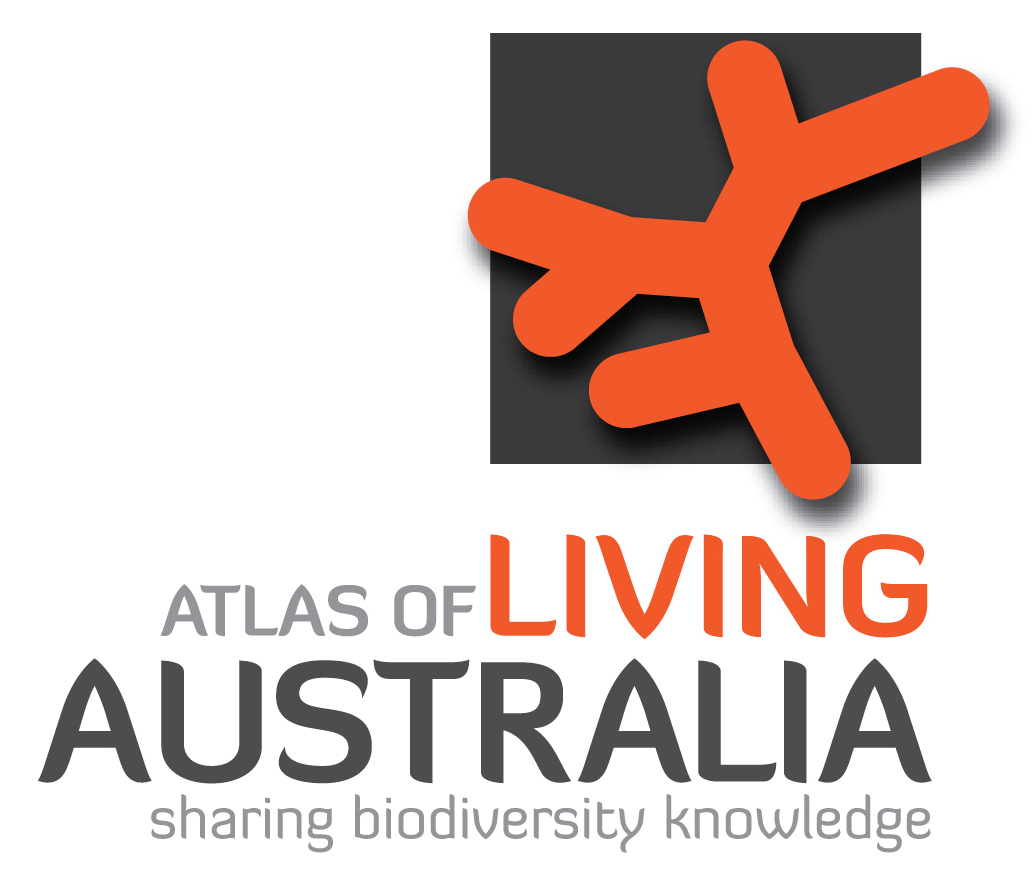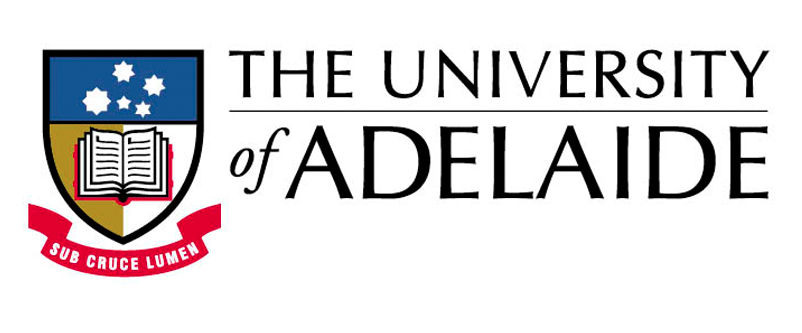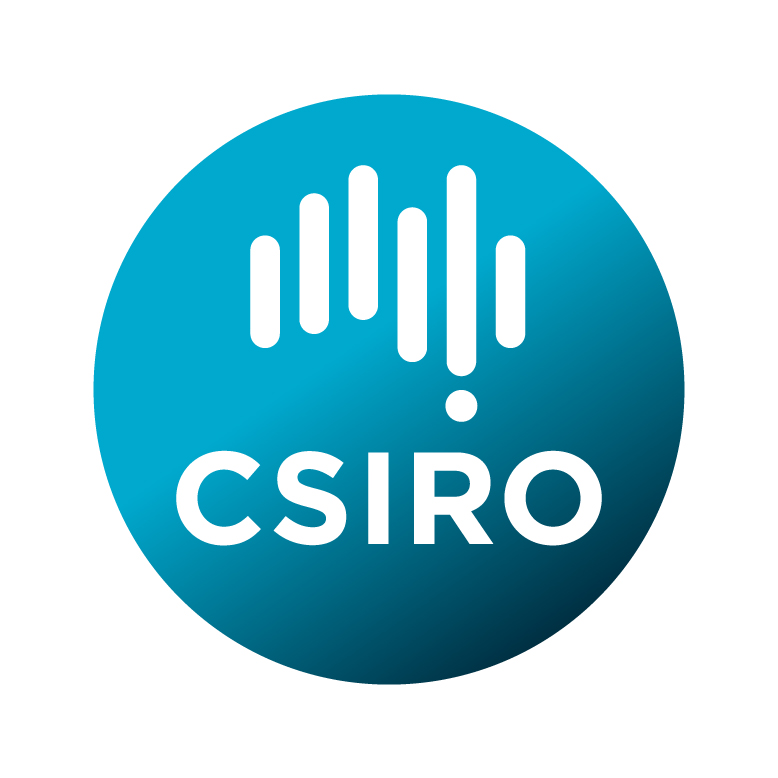Key to Australian Freshwater and Terrestrial Invertebrates
Phylum Mollusca
Class Gastropoda
Clade Hypogastropoda
Clade Littorinimorpha
Superfamily Rissooidea
Common name: freshwater snails
Overview
Rissooidea is a superfamily of mostly marine snails that also includes some freshwater and brackish water species. One subfamily has members that live in moist leaf litter. These small to minute snail typically have a horny, calcareous operculum which sometimes bears pegs on its inner surface. Shells can range from globose to conical smooth or variously sculptured with a raised spire. As there is a wide diversity of forms, both within the superfamily, and within some of the large families (eg. Hydrobiidae), Rissooidea are often not easily characterised and distinguished by external and habitat characters alone, thus anatomical features, such as features of the female reproductive system, are typically used for identification.
Distribution and diversity
Rissooidea occur worldwide in tropical, subtropical and temperate regions with four freshwater families occurring across Australasia. The large family Hydrobiidae have a worldwide distribution and are one of the major families in Australia. They are known from eastern and south-eastern mainland Australia, Tasmania, Lord Howe Island and the artesian springs of northern South Australia and southern Queensland. A few undescribed species are known from groundwater in north-western Australia. Many species are also known from New Caledonia and New Zealand. Two subfamilies of Assimineidae are recognised: the cosmopolitan Assimineinae, that occurs in both tropical and temperate regions and are found in salt-marsh habitats across southern Australia, with one species found in freshwater seepages in south-western Australia, and the Omphalotropidinae, which are found in leaf litter on islands in the Indian Ocean, Asia and the south-west Pacific, including Lord Howe and Norfolk Islands. One freshwater omphalotropidine is found in south-western Australia. Bithyniidae are found in freshwaters of Eurasia, Africa and Australia. In Australia, members of the family are found mainly in the inland, on the east coast, and in the northern regions where they prefer backwaters and billabongs, but they are also common over most of northern New South Wales. Pomatiopsidae is a small family found in North and South America, South Africa, Australia and much of Asia. Members of the only Australian genus, Corinella, generally inhabit saline lakes in the western and southern regions, or coastal salt marshes in parts of southern Australia.
Life cycle
Typically the sexes are separate in Rissooidea and females deposit hemispherical or globular egg capsules onto hard surfaces. Development is direct in freshwater species without a planktonic larval stage that is found in marine groups. There are also a few species that are parthenogenic and viviparous.
Feeding
Rissooidea are grazers, feeding on plant and animal detritus, algae, sediments and diatoms. The family Bithyniidae is characterised by its filter-feeding habit however they are still capable of grazing.
Ecology
Rissooidea show a wide spectrum of habitat preference from brackish estuarine creeks to freshwater rivers and creeks, waterfalls, alpine lakes and streams and isolated inland springs. There are also some species adapted subterranean waters. Terrestrial members of the Omphalotropidinae are found in damp leaf litter in woodland. The family Hydrobiidae are by far the largest group of freshwater molluscs and one of the most speciose of all freshwater animals and as such, are important herbivores in aquatic systems. The New Zealand hydrobiid species, Potamopyrgus antipodarum is parthenogenic and a very successful coloniser that has invaded habitats in Australia, Europe and North America. Many species of Rissooidea in Australia are endemic with very restricted ranges and are the subject of conservation concern largely due to habitat destruction caused by water management and pollution. Some Asian Pomatiopsidae are intermediate hosts of human blood flukes (Schistostoma).
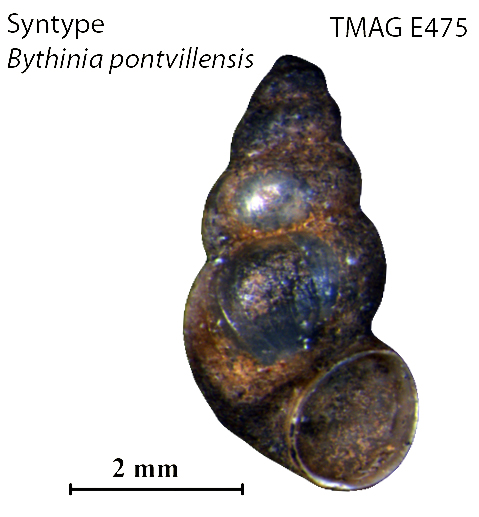
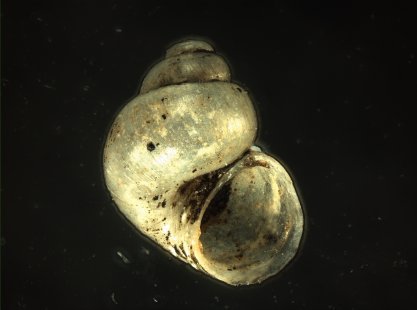
.jpg)
